1. Childcare
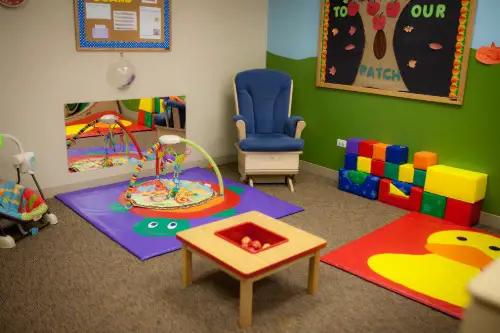
Parents in America pay an outrageous amount for childcare, sometimes even more than rent or a mortgage, according to Robin Buller from The Guardian. Full-time daycare can cost over $10,000 per year per child, making it nearly impossible for many families to afford. The worst part? Many daycare workers still earn low wages despite these sky-high costs. Other developed nations heavily subsidize childcare, but in the U.S., parents are mostly left to fend for themselves.
The burden doesn’t just fall on the parents but on the children as well. When families can’t afford daycare, kids are often stuck with subpar options, which can affect their early development. Meanwhile, in countries like Sweden or France, childcare is affordable and often comes with great quality. American parents are forced into impossible choices: either work and pay exorbitant fees or stay home and face financial instability.
2. Healthcare
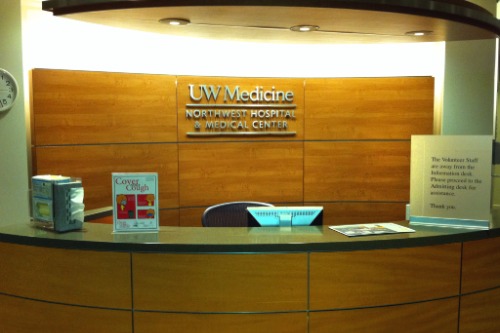
Going to the doctor in the U.S. feels like swiping your credit card at a luxury store, except you don’t get anything fun in return. A routine check-up or a simple blood test can cost hundreds without insurance, and even with coverage, co-pays and deductibles add up fast, according to Jessica Glenza from The Guardian. Prescription drugs are another story—Americans pay significantly more than people in other developed countries for the same medications. The system is so expensive that many Americans skip necessary treatments just to avoid crushing medical debt.
The cost of healthcare in America is not just about what you pay for a doctor’s visit. It’s about the fact that we don’t have a true safety net for healthcare like many other nations do. In countries where healthcare is nationalized or at least subsidized, citizens aren’t forced into bankruptcy over medical issues. Until this changes, Americans will continue to face some of the highest medical costs in the developed world.
3. Higher Education
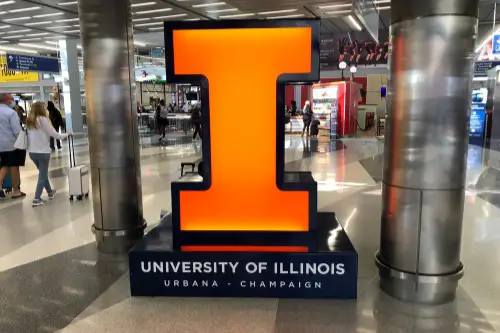
College tuition in the U.S. has skyrocketed in the last few decades, far outpacing inflation and wage growth, according to Kathryn Watson from CBS News. Public universities, once an affordable option, now charge tens of thousands per year, leaving students drowning in loans. Private universities are even worse, with some costing as much as a luxury car annually. Other countries offer low-cost or even free college education, making America’s high prices feel particularly unfair.
What makes it worse is the burden that student loan debt places on graduates. Many end up postponing major life milestones, like buying a home or starting a family, just to keep up with loan payments. Higher education should be about opportunity, but in America, it often feels more like a financial trap. The high cost of college is only one part of the education system’s failings, but it’s by far the most visible.
4. Housing

Buying a home in America has become a distant dream for many, with prices rising far faster than incomes, according to Andrea Riquier from USA TODAY. Rent isn’t much better, with even small apartments in major cities demanding absurd monthly payments. Investors and corporations buying up properties only make things worse, driving up costs and making homeownership even more difficult. Meanwhile, in many other countries, governments put regulations in place to keep housing affordable.
What’s even worse is that the quality of the housing doesn’t always match the price tag. Many people are paying high rent for cramped, poorly maintained apartments with no hope of ever owning. With housing prices and rent skyrocketing in urban areas, some workers are forced to live hours away from their jobs just to find something affordable. While home prices soar, wages have barely budged, leaving too many Americans stuck in a cycle of unaffordable living.
5. Internet and Phone Bills

Americans pay some of the highest prices in the world for internet and cell phone service, and they don’t always get great quality in return. Slow speeds, data caps, and spotty service plague customers despite their hefty monthly bills. The lack of competition in many areas allows big telecom companies to charge whatever they want. In contrast, many other countries have faster internet and cheaper phone plans, making America’s prices seem ridiculous.
What’s especially frustrating is that there’s little transparency or customer service when it comes to these bills. Hidden fees, sudden price hikes, and confusing contracts make it nearly impossible to understand what you’re paying for. Internet and phone companies hold all the power, and consumers are left paying sky-high bills for subpar service. In Europe or South Korea, people get much better speeds for a fraction of what Americans pay, which makes our prices look even worse.
6. Groceries
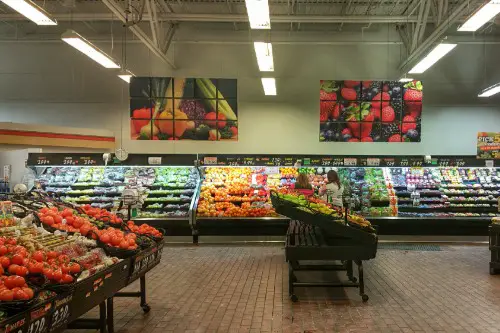
Food prices in the U.S. have climbed sharply, and it’s not just because of inflation. Basic items like eggs, milk, and bread cost significantly more than they did just a few years ago, putting pressure on families. Meanwhile, large grocery chains continue to rake in profits while blaming supply chain issues. The high cost of food makes it harder for families to eat well without breaking the bank.
In addition, the quality of food doesn’t always match the price. Cheap processed foods are easy to find, but healthier options are often outrageously priced. Organic produce and lean meats are especially expensive, pushing many people toward less healthy options. In other countries, it’s more affordable to eat fresh, local, and nutritious meals without worrying about skyrocketing grocery bills.
7. Gasoline
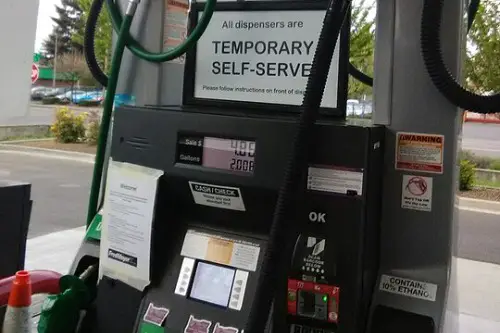
Fuel prices in the U.S. are notoriously volatile, and they seem to rise at the slightest hint of geopolitical tension. A gallon of gas often costs more than $4, sometimes even higher in certain regions, which adds up fast for commuters. Despite having some of the largest oil reserves in the world, Americans pay more at the pump than many countries with less oil. While global supply issues are often blamed, there’s also the role of large oil corporations pushing up prices.
Even with the boom in electric vehicles, most Americans are still reliant on gas-powered cars for daily commutes. This dependency creates a kind of economic vulnerability, where families and businesses feel the sting of rising gas prices at the worst times. Compared to nations like Saudi Arabia, where gas is subsidized, Americans are paying way more for something that is abundantly available. While the U.S. isn’t the only country facing high gas prices, it’s clear that Americans are being hit harder than most.
8. Coffee

For a lot of Americans, coffee is an essential part of the day, but the price of a cup has been steadily climbing. Whether it’s from a chain like Starbucks or your local café, a simple coffee run can cost over $5 for a basic brew. Coffee beans, which are sourced from countries with cheap labor, somehow lead to pricey drinks once they reach U.S. stores. The high markup on coffee is especially staggering when you realize it’s not a luxury product but a daily staple for millions.
It’s not just the price of fancy lattes that’s a problem, either. Even a regular drip coffee at most shops costs more than brewing a full pot at home. But for convenience, many people pay it because they’re pressed for time. In countries like Finland, where coffee is a national obsession, it’s much cheaper to buy a cup, making America’s coffee prices feel inflated in comparison.
9. Fitness Memberships
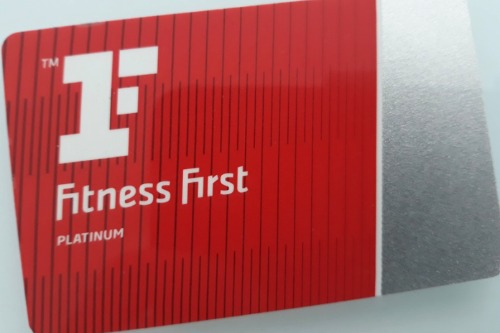
Gyms in the U.S. have a pricing structure that’s often confusing and disproportionately expensive. A basic membership can cost $50 or more each month, and add-ons like classes or personal training can double that price. Despite these high rates, many gyms are poorly maintained, with equipment that’s often broken or outdated. In some countries, fitness is much more affordable and comes with better facilities and services for the price.
The membership fees themselves aren’t the only issue; there are also hidden costs that pile up quickly. Initiation fees, cancellation fees, and “processing fees” make it difficult to leave a gym once you’ve signed up. Additionally, some gyms use tricky pricing strategies to lock people into long-term contracts, which are hard to get out of. For something that’s supposed to improve health, gym memberships can be a surprisingly expensive trap.
10. Streaming Services
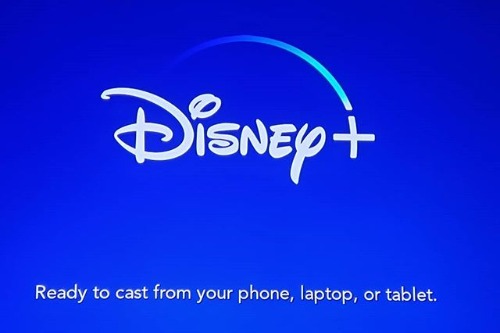
In the age of streaming, paying for multiple services has become the new normal, but the combined cost is starting to add up. While the likes of Netflix, Hulu, and Disney+ were once affordable, many of them have steadily increased their prices, sometimes adding new charges for things like 4K streaming. People find themselves paying for at least two or three services to access their favorite shows and movies, often nearing the cost of a cable subscription.
Moreover, the content available on these platforms is often frustratingly inconsistent, with shows and movies disappearing from one service to another. Bundles are offered as a solution, but they don’t always save money or offer the content you actually want. What’s even more frustrating is that even as these prices rise, the quality of service (in terms of buffering and usability) doesn’t always improve. Compared to other countries, Americans often pay more for streaming content, with less variety and fewer options available.
11. Car Insurance
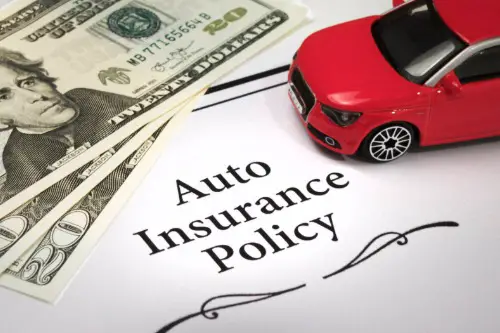
Car insurance in the U.S. is absurdly expensive, especially for young drivers and those living in urban areas. A single policy can easily cost hundreds of dollars a month, even for basic coverage. The premiums are influenced by everything from your driving record to the neighborhood you live in, and rates can vary dramatically across states. In many European countries, car insurance is significantly cheaper and often comes with better coverage options.
Another problem is that American car insurance companies often operate with little regulation, meaning they can hike prices whenever they want. While discounts for things like good driving records or bundling with home insurance can help, many Americans still face high premiums. For something as mandatory as car insurance, it’s frustrating to know you’re paying so much for basic protection. Meanwhile, many other countries manage to offer comparable or even better insurance at a fraction of the price.
12. Concert Tickets
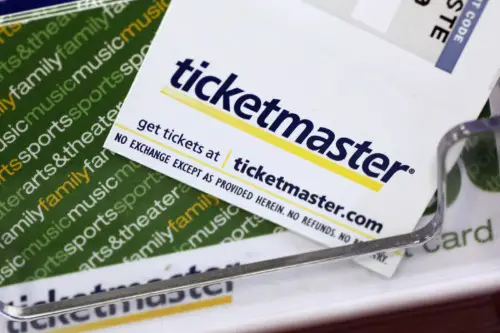
Attending a live concert in the U.S. is a dream for many, but the ticket prices often make it feel like a luxury experience. A standard ticket to a major artist’s show can cost over $100, and that doesn’t even include fees, parking, or food. The prices keep climbing as big-name artists partner with corporations to sell tickets at premium prices. While it’s not just a U.S. issue, America’s ticketing market is notorious for price gouging.
Fans are often left frustrated as they see tickets selling out in minutes, only to appear on resale sites for up to ten times the original price. What’s worse is that the resale market is often dominated by bots and scalpers who snatch up tickets as soon as they go live. This leaves genuine fans scrambling and paying outrageous prices for a chance to see their favorite artist. In many other countries, tickets are more affordable, and the resale market is better regulated, which makes America’s concert prices feel especially greedy.
13. Alcohol

If you’ve ever bought a drink at a bar or even at a store in the U.S., you’ve likely noticed how expensive alcohol can be. Craft beers, premium wines, and cocktails at bars are often priced outrageously, making it difficult to enjoy a night out without breaking the bank. Meanwhile, alcohol taxes in some states are so high that a bottle of wine can cost twice as much as it would in other countries. In places like Mexico or parts of Europe, alcohol is far cheaper, and yet the quality is just as good.
The pricing also varies wildly depending on where you are in the country. A cocktail in New York or California can cost more than a meal at a cheap restaurant, while the same drink in a different state could be much cheaper. What doesn’t change is the fact that Americans are often paying more for something they could get at a better price abroad. Despite being one of the largest alcohol consumers, the U.S. makes drinking out more of a luxury than a simple night out.
14. Tipping
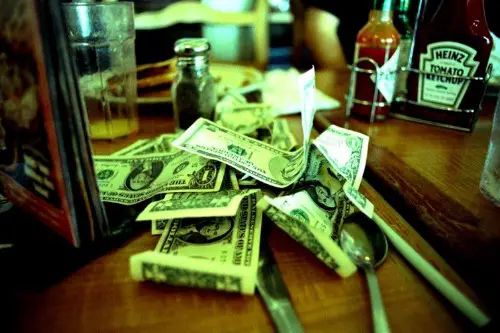
In the U.S., tipping has become an unspoken requirement that often feels like a surcharge on top of the already high cost of dining or services. It’s common to tip 20% at a restaurant, even though servers are already paid hourly wages, sometimes with benefits. While tipping is meant to incentivize better service, it often puts unnecessary pressure on consumers, especially in a country where the cost of living is already high. What makes it worse is that tipping culture is almost exclusive to the U.S.
In countries like Japan or Australia, service charges are typically included in the price, and tipping is either not expected or downright frowned upon. This allows consumers to pay for their meal or services without feeling the need to calculate an extra 15-20% on top. Tipping feels like an additional cost that’s artificially inflating the price of things like meals and services. Instead of rewarding exceptional service, it often leaves people frustrated and wondering why it’s still such a prevalent practice.


